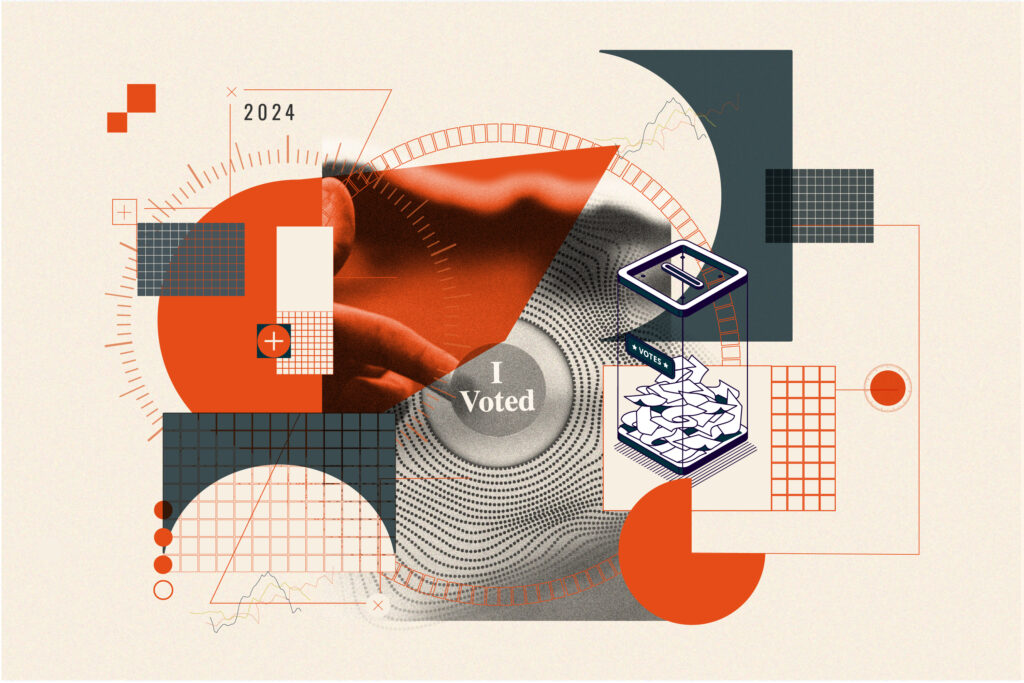About mid-June I received an interesting question from a colleague at Howe & Rusling—one that probably could have come at any point over the past few months, but with the end of the quarter looming, it seemed the perfect time. Retail sales growth picked back up. GDP printed over 3% in the first quarter and was expected to be at least as strong in the second quarter. The employment rate is sitting at generational lows and there are still roughly 1.6 million more job openings than there are unemployed.1 To be sure, some manufacturing and consumer driven sectors have been slowing. The question: With all this, how has the bond market experienced one of its biggest rallies to bring yields down to levels not seen since late 2016?* My answer was simply: It’s a Mad, Mad, Mad, Mad World (United Artists, 1963). While not actually a movie about investing, it did represent the hunt for cash—in this case, a star-studded attempt at finding $350,000 buried in Santa Rosita Beach State Park.
After the end of the first quarter, I wrote about a strong start to the fixed income markets in 2019. The Federal Reserve and Chairman Jerome Powell had made the first pivot in telegraphing to the markets their newfound desire for patience instead of raising rates any further. The last time the Fed raised rates was December 19, 2018; a one-quarter point hike to 2.25%-2.50%. The overnight rate has remained unchanged through the first four 2019 FOMC meetings. The aforementioned economic indicators continually pointed to a relatively robust domestic economy, but the Fed dropped “patient” in its second pivot of the year on June 19. The markets cheered. Two pivots, it seems, equal a U-turn. In six months, the market went from expecting multiple rate increases to expecting multiple rate cuts for 2019. We believe that based solely on the domestic economy, multiple rate cuts seem too much to ask for. Add in naggingly low global inflation expectations and slowing global growth, and we agree that two cuts this year are likely. As the chart illustrates, while the Fed targets a 2% inflation rate, inflation expectations as measured by the difference of inflation linked Treasury securities to nominal Treasury Notes are near the lows for 2019 and substantially off highs of last year. We have to go back to late 2016 for the last time inflation expectations were this depressed. Recent Fed comments have leaned more on the slowing growth story. This time it will also take the Fed’s realization that inflation expectations are anchored below target.

For the quarter, the Bloomberg Barclays U.S. Aggregate Index, the broadest market index, returned 3.08% (YTD 6.11%). The Blomberg Barclays Intermediate Government/Credit Index, our benchmark for total return accounts, returned 2.59% (YTD 4.97%). Breaking down that index, intermediate government bonds returned 2.34% (YTD 3.96%), while intermediate credit returned 2.99% (YTD 6.65%). With only a few exceptions, the Treasury market saw yields fall throughout the quarter. Though major equity indexes hit all-time highs, Treasuries rallied alongside–a relationship that does not occur often. Asset allocation teaches us that as risk assets perform better, safe haven securities tend to move lower. Conversely, a risk-off market such as the equity selling in May would bring more investors into Treasury securities, pushing prices higher. Fixed income found reasons to rally in May as the market was in risk-off mode, as well as times equity prices were moving higher.
Long maturity bonds made for some very impressive returns in the second quarter. Similar to the first quarter, lower quality bonds outperformed. While the high yield market more than snapped back from its horrible finish to 2018, much of the returns in that sector this quarter were attributable to the low end of the rating spectrum. Our strategy of investing in investment grade credits (triple-B to triple-A categories) as well as the top rating category of high yield (double-B rated bonds) also had a positive effect on overall performance without introducing undue risk to our clients’ portfolios.
Switching to the municipal bond market, the theme for the quarter was very much the same as the first three months of 2019. Tax free yields fell gradually while prices rose. Volatility was somewhat lower in the municipal market versus other sectors, highlighted in June when 10-year AAA-rated yields moved in a four-basis point range. (A basis point is 1/100th of a percent.) Finishing at 1.62%, that was lower by 27 basis points than the end of the first quarter.
The broad market municipal bond index returned 2.14% for the quarter (YTD 5.09%) while the Bloomberg Barclays Quality Intermediate Municipal Bond Index, our tax-free benchmark, returned 1.69% (YTD 4.08%). Once again, longer maturity bonds aided in the outperformance of the broad market index as tax-free mutual fund inflows remained exceptionally strong. The relative steepness of the tax-free yield curve out to a 15-year maturity versus longer maturities kept us focused on adding intermediate-term bonds to our accounts. We continue to believe the first half of the yield curve provides the best relative value with roughly 85% of the yield of the entire curve without the added volatility of long maturity bonds.
Another recurring theme in the municipal bond market was the strong demand by residents of high tax states such as New York, New Jersey and California. Compounded by the reduced supply in many states, municipal bonds of lower rated issuers traded at similar yields to much higher quality names in low tax states. In many cases, we are able to capture better after-tax yields by adding general market names as we continue to diversify the portfolios.
Our strategic fixed income objective did not change in the second quarter. We continue to look for opportunities to increase quality and remain neutral duration to our benchmarks. The urge, many times, in a rallying market is to jump on board with the feeling it will not end. Clearly, the bond markets have performed well for the first half of this year. Some sectors have already returned the equivalent of full-year expectations, while other sectors are well ahead of what we anticipated for all of 2019. Finishing the quarter, a 2% yield on the 10-year Treasury Note looks like a formidable level, and after some volatility, we could potentially end up here at yearend. With much of the returns for this year already in the indexes, we are comfortable entering the second half of the year with a neutral duration and see no need to lengthen further at this point. We are going to keep our over-weight to credit modest in our total return accounts and to a greater extent in our current income accounts. We will also continue to keep a very sharp eye on what we feel may become a struggling credit that needs to be opportunistically sold. The world may be mad, but it is, nonetheless, the late cycle of an economic expansion.
1 https://www.cnbc.com/2019/06/10/jolts-hirings-hit-record-high1point6-mil…
* The 10-year Treasury yield finished the second quarter of 2019 at 2%. The previous cycle low was 1.85% on November 8, 2016






